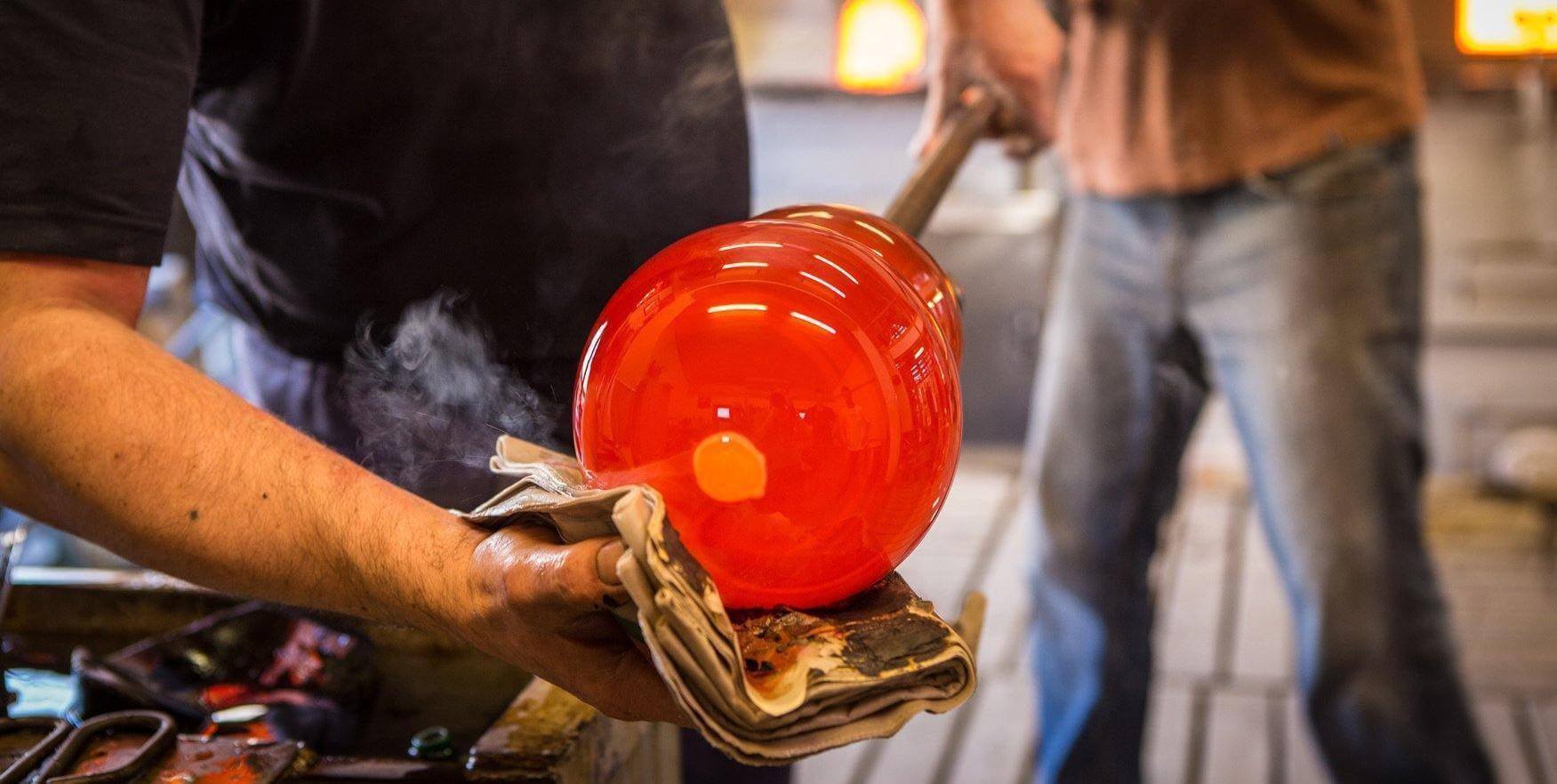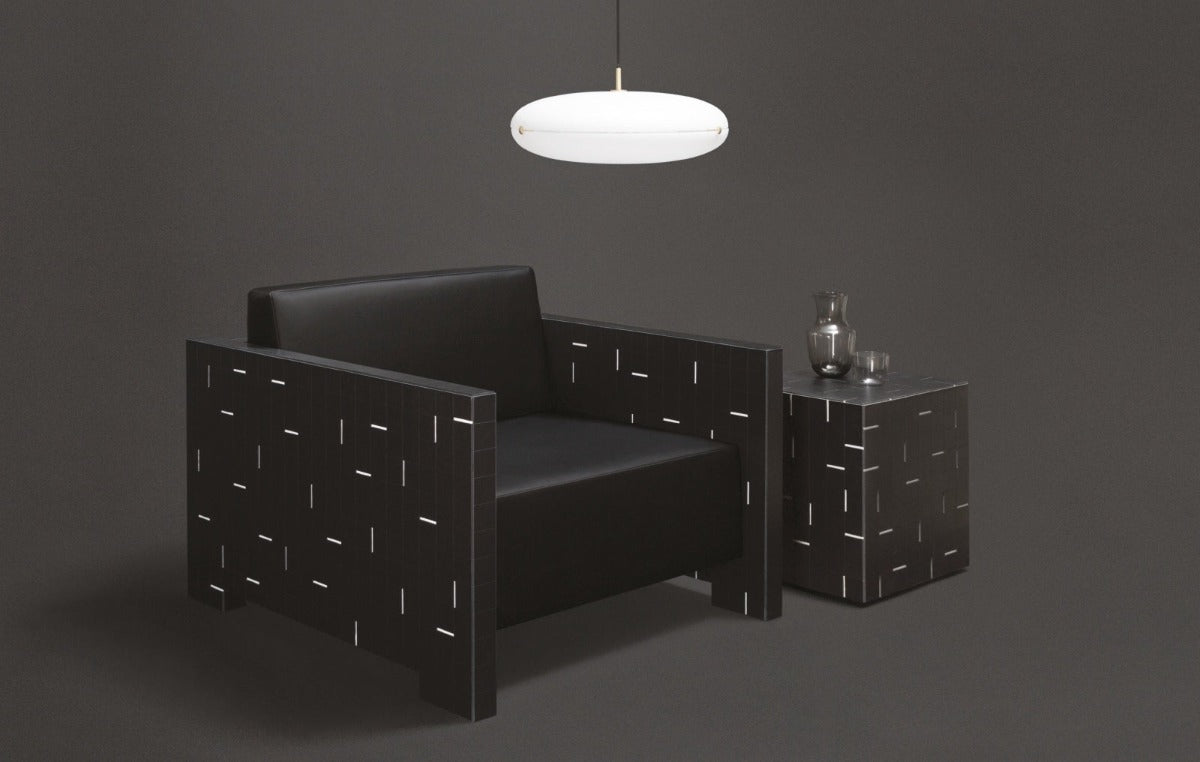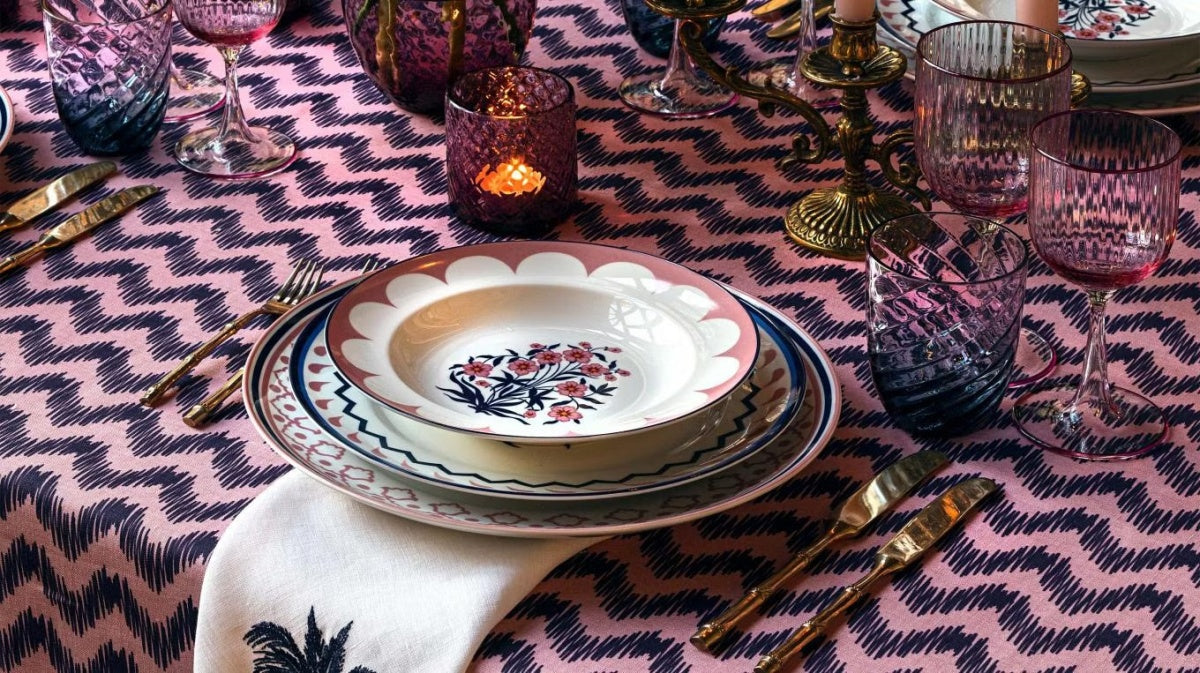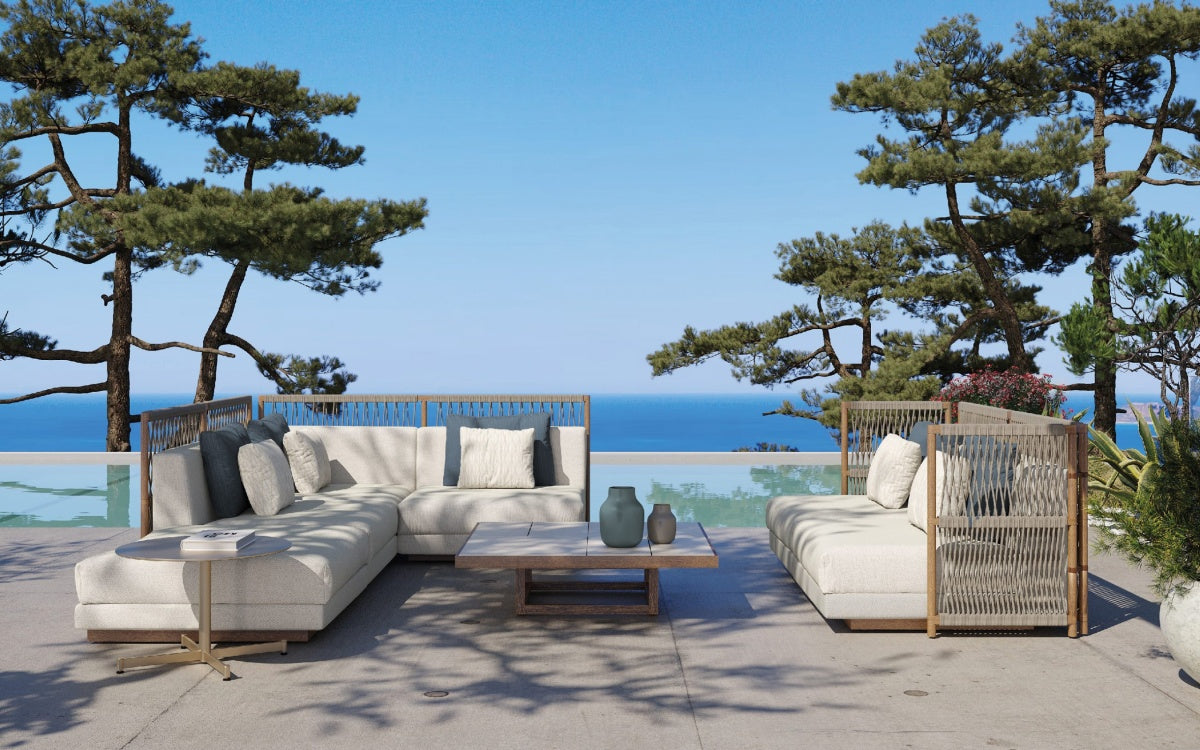
Do you know what Murano glass is?
Is it glass made in a special place? Or is it made using special techniques? It's actually both. Murano glass is as different from the glass in your windows as a Rembrandt painting is from a blank canvas. Murano glass is made only on the island of Murano, located on the outskirts of the Italian city of Venice.
Murano's special glassblowing process dates back over a thousand years, having been rediscovered by local artisans from ancient Roman glass at the end of the first millennium, and has been continuously developed and refined since then. This glass is made from silica, soda, limestone and potassium fused in a special furnace at 1500°C to achieve a liquid state. Very thin layers of real gold or sterling silver are often added to the glass mixture, along with various minerals that give the glass its vibrant colors and patterns. For example, copper is used for sparkles similar to the mineral Aventurine, zinc is added for white, cobalt for blue, manganese for purple, gold for red. The resulting liquid glass mixture is then blown or hand-made by master glassmakers in a series of intricate steps using special techniques such as Millefiori, Sommerso, Reticello, Filligrana, Bullicante and many others.
Master glassmakers use only basic tools to shape, polish, and decorate glass. Most of these tools were developed in the Middle Ages, and both the tools and the glassblowing process have changed little since then. This method of glassmaking results in unique creations with rich coloration and beautiful, sometimes surreal, patterns and shapes that are true works of art. For this reason, top-quality Murano glass is called art glass, or glass made not just by craftsmen but by glass artists.;
The extraordinary ability to create glass is in fact a very difficult and dangerous activity. Therefore, in 1295, the Serenissima di Venezia decided to transfer all the glass-blowing furnaces to the island of Murano. The buildings of that time were entirely made of wood and it is easy to imagine the damage that fires could cause to such large buildings. However, the idea of transferring the production of blown glass to the island also consisted of controlling and preventing the spread of information about the main techniques. The glassmakers were forced to live on the island and could only leave Venice with special permission. The entire activity was under direct Venetian control. Despite the censorship control of the Republic, many master glassmakers managed to escape and bring their art to the whole world.







